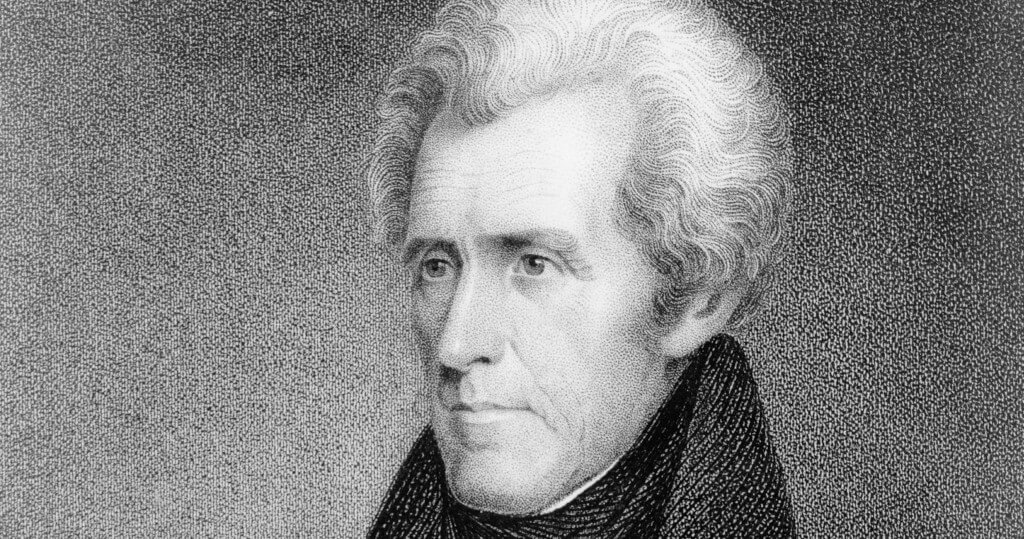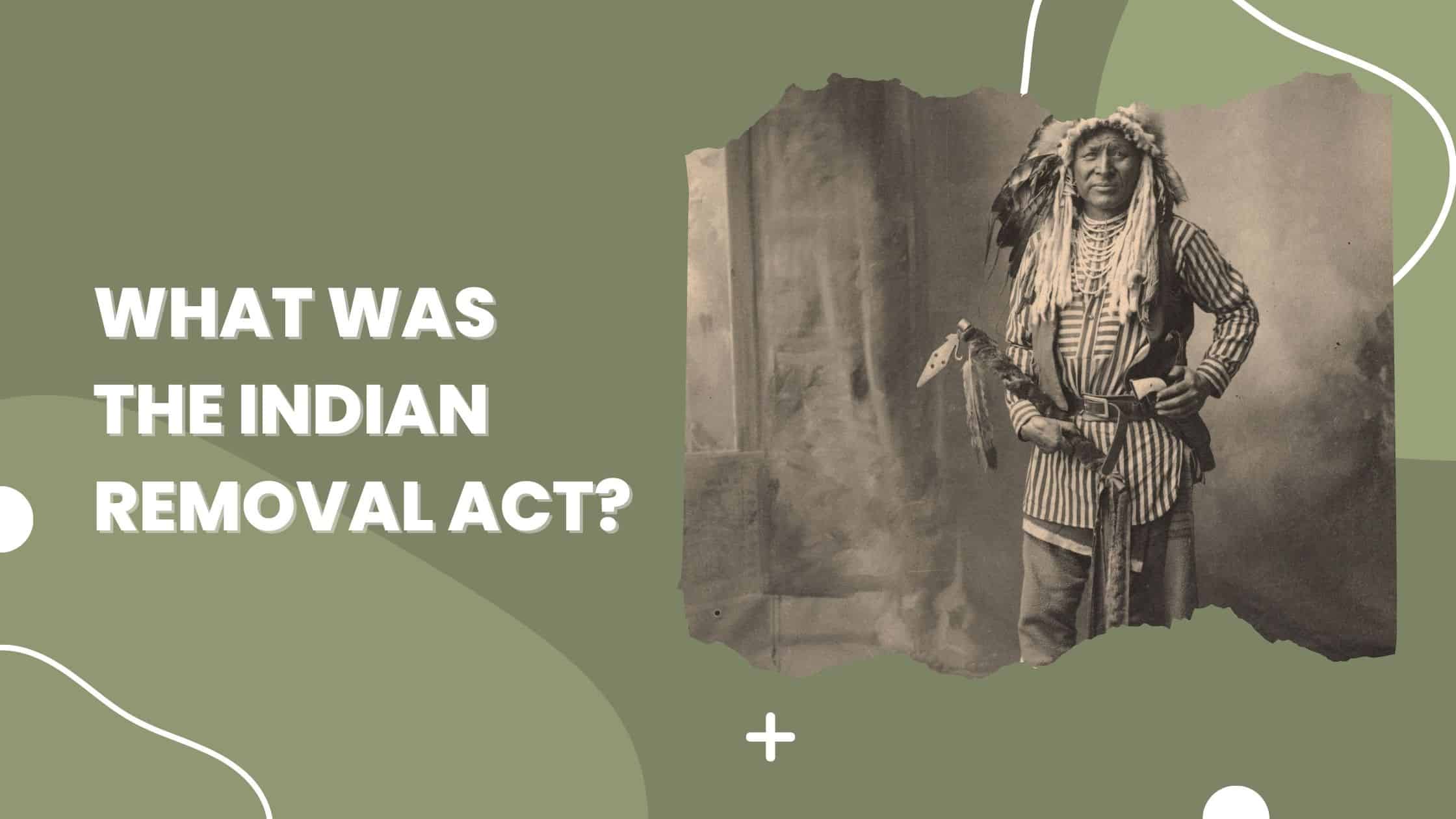Table of Contents
ToggleThe Tariff of 1828, also known as the “Tariff of Abominations,” divided the country, enraging the southern states.
The Southern States felt they were receiving little protection and all the repercussions from this new federal tariff.
By 1828, tariff duties were raised to between 30 and 50 percent on certain raw materials. The materials under the tariff’s protection were primarily found in the mid-Atlantic and Western states.
At the same time, the southern staples -the cash crops cotton and tobacco -were unprotected against foreign intrusion.
Foreign markets
Foreign markets responded to the unusually high tariff by blocking the sale of cotton, the southern states’ chief export, which caused economic repercussions within the South.

The Tariff of Abominations soon sparked a nationwide debate led by indignant southern states and their leaders over the nature of state vs. federal sovereignty and between liberty and disunion.
Things got so bad that the southern state of South Carolina threatened to secede from the Union. This could have potentially sparked a civil war.

Get Smarter on US News, History, and the Constitution
Join the thousands of fellow patriots who rely on our 5-minute newsletter to stay informed on the key events and trends that shaped our nation's past and continue to shape its present.
Eventually, a compromise was reached between the southern states and the rest of the nation.
Beginnings
Following the War of 1812, protective tariffs were put in place by the United States government to protect American-made products against low-priced British-manufactured goods.
The United States passed the first protective tariff in 1816.

American manufacturing was still in its infancy and could not compete against foreign manufacturing, which could produce products more efficiently and at lower cost.
Tariff of 1828
The duties placed on the tariff increased in 1824 and again in 1828, when they reached the 30 to 50 percent range.
New York politician Silas Wright promoted the 1828 tariff to help his political ally, presidential candidate, and eventual President Andrew Jackson.

Although southern sentiment towards the tariff rates remained extremely negative, Andrew Jackson maintained southern political support for the tariff. This helped the hero of the War of 1812 win the presidential election.
Vice presidential rift
John C Calhoun, a lifelong politician from South Carolina and the last man to serve as vice president to two different presidents (John Quincy Adams and Andrew Jackson), began his tenure as President Andrew Jackson’s vice president by publishing an anonymous pamphlet titled “Exposition and Protest.”
The pamphlet vehemently criticized the tariff and laid the foundation for the “nullification theory,” which involves declaring federal law null and void within state borders.
Despite John Calhoun’s strongly opined objection and the anger of many southerners, debate regarding the tariff remained scarce and largely underneath the political surface.
The debate resurfaces
Two years after being enacted, in January of 1830, the heated debate regarding the tariffs resurfaced during an exchange between Massachusetts Senator Daniel Webster and Robert Hayne, a Senator from South Carolina.

Hayne argued that an individual state’s rights under the auspice of state sovereignty allowed for the nullification of federal rulings when those rulings happened to infringe upon states’ rights.
In his speech, Hayne promoted secession as a state response to preserve both personal and state liberty.
Webster’s retort
In response to Hayne’s diatribe, Daniel Webster replied,
“liberty and union, now and forever, one and inseparable”
In Webster’s and other unionists’ minds, the American people, not the states, made the nation.
Nullification served as a precursor to secession, which would dismantle the Union. In the minds of Unionists like Daniel Webster, to protect liberty, the Union must be saved and nullification avoided.
Jackson’s compromise
Jackson was sympathetic yet unyielding to the southern plight regarding the tariffs. He supported state rights, but viewed the nullification process askance as a preemptive move towards secession.

He attempted to reconcile relations with the southern states through a revised compromise tariff bill that reduced most import duties to their original 1816 levels.
Southern reaction
Dissatisfied with Jackson’s concession and the amendment of the Tariff of Abominations, which they viewed as insufficient, and desiring total elimination of the tariff, the state of South Carolina formed a convention populated by various politicians and strong proponents of states’ rights.
The convention resulted in a rebuke of the Tariff of Abominations and the formal adoption of the Ordinance of Nullification.
The ordinance declared the tariffs null and void. It prohibited the collection of tax (duties) within the borders of South Carolina and threatened secession if the federal government attempted to enforce the federal tariff via force.
War Preparations
Following South Carolina’s direct threat to the Union, President Jackson was forced to take action. Jackson ordered his Secretary of War, Lewis Cass, to prepare for the use of military force and a potential civil war.

Within a few months, Cass had stockpiled arms and ammunition and raised a militia prepared to enter South Carolina, enforce tariff duties, and nip secession in the bud.
Jackson’s PR campaign
While Cass prepared for a possible American civil war, Jackson made the rounds, engaging in a public relations campaign to discredit nullification and the possibility of secession in the minds and hearts of the American public.
Jackson’s speeches emphatically decried the actions taken by South Carolina while simultaneously promoting the strength and utility of unionism.
President Jackson spoke to Congress in a special address, asking them to reassert and confirm his authority to use force to repel South Carolina’s possible secession attempt and to enforce the Tariff of Abominations. Congress complied, passing a bill known as Jackson’s Force Bill.
The war that wasn’t
Jackson’s firm stance and willingness to use military force and go to war caused the leaders of South Carolina to delay the application of their proposed ordinance. Jackson turned to Henry Clay, the Speaker of the House, to further promote efforts to lower tariff rates.

In early March 1833, Congress passed Clay and Jackson’s tariff reduction. In response, the delegates from South Carolina abolished their ordinance and attempted secession, effectively ending the crisis before any blood was shed.
Aftermath
Though the nullification crisis was ultimately averted, the South used the theory of states’ rights and the secession theory during the 1850s in response to the threat of abolishing slavery.

The nullification crisis of the 1830s laid the groundwork, serving as a pretext and precedent for the crisis and the secession argument used by the South in the 1850s and 60s, which led to the dreadful and totally destructive American Civil War.











